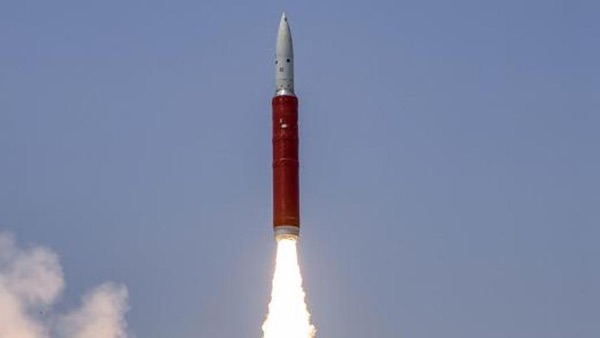Space weapons are proliferating fast: should we accept it?by Taylor Dinerman
|
| US Air Force leaders like to speak of space as a “warfighting domain.” One has to wonder why they don’t just come out and say that it is a future battlefield. |
Thanks to Chinese and Russian space warfare developments, no nation with any ambition to be a major or even a medium-sized power can avoid taking space warfare seriously. Increasingly sophisticated space weapons are being developed and tested by both major US adversaries. Russia’s close flyby of a French military satellite in 2016 helped convince Paris to build its own Space Force. China’s 2007 destruction of one to its own satellites by an ASAT weapon capable of reaching an altitude of more than 800 kilometers, much higher than any recent US ASAT test, showed just how serious the Beijing government is about developing ways to destroy America’s space power.
Despite repeated warnings about the potential for a “Pearl Harbor” in space, successive administrations have, for what must have seemed like good reasons at the time, mostly ignored the very real possibility of an active space war. Trump’s Space Force, which originated with a small bipartisan group of House members, is more urgently needed than ever. But without the imagination and will to change the way the military thinks about space warfare, even the new US Space Command and Space Force will fail in their primary mission to insure US space dominance.
US Air Force leaders like to speak of space as a “warfighting domain.” One has to wonder why they don’t just come out and say that it is a future battlefield. Perhaps because they think it would upset their political masters, or, even worse, because they don’t want to make the painful preparations needed to fight and win a war in space.
This would involve building a variety of ASATs, including those that would disable enemy spacecraft without producing debris and simple ones that make orbital messes. This also means accepting the fact that our large, expensive, and highly capable spy satellites and other military space systems will not survive the early stages of any major space war. We need to begin work now on swarms of tiny stealthy spacecraft that are hard to target and easy to replace. Before it’s too late.
Note: we are temporarily moderating all comments submitted to deal with a surge in spam.
